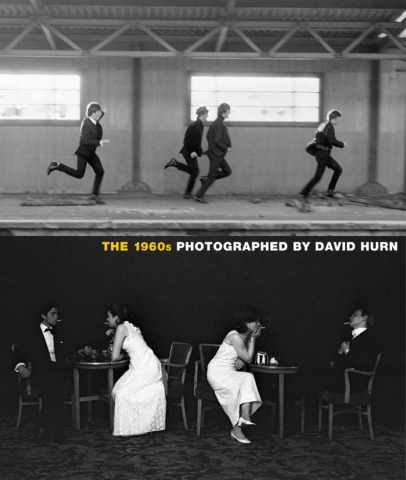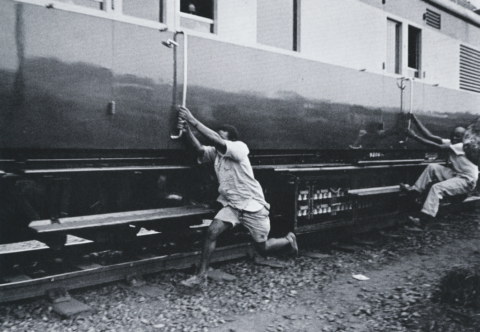70s: The Image of Political Activism
By Shannon Brien
Photojournalism is powerful.
Affectionately known as ‘Maggie the Indestructible’ after surviving being stranded on an Arctic Island, bombardment in Moscow and a helicopter crash in Chesapeake Bay, Margaret Bourke-White is one of the most famous photographers of the 20th Century.
She became the first female war correspondent and the first female allowed in combat zones which allowed her to capture bone-chilling images of Buchenwald Concentration Camp. She is “one of the century’s most intrepid chroniclers of conflict and strife” says Ben Cosgrove of Life Magazine.
Bourke-White documented the community of Greenville, South Carolina who whole heartedly and unapologetically supported legal segregation. Her coloured photographs for Life’s “Voices of the White South” issue helped shape and define 20th century America and explored the issue of segregation when Civil Rights was in its infancy.
 Margaret Bourke-White—The LIFE Picture Collection/Getty Images
Margaret Bourke-White—The LIFE Picture Collection/Getty Images
Her folio even includes the iconic shot of Gandhi with his beloved spinning wheel, who she also interviewed not long before his assassination. Her colleague Alfred Eisenstaedt, described her as having an amazing work ethic, she was able to attain amazing shots because there was no job that wasn’t important to her.
 Margaret Bourke-White—The LIFE Picture Collection/Getty Images
Margaret Bourke-White—The LIFE Picture Collection/Getty Images
“Rather than a profession, photography has always been a passion for me, a passion closer to obsession”. Marc Riboud’s best known image is Eiffel Tower Painter, an image of a man painting the tower perched between the metal bars of the tower while posed as a dancer which captured the attention of Magnum’s Henry Cartier-Bresson and Robert Capa.
 “Variant of The Eiffel Tower Painter, Paris” 1953 © Marc Riboud : Magnum Photos
“Variant of The Eiffel Tower Painter, Paris” 1953 © Marc Riboud : Magnum Photos
He is also responsible for one of the most celebrated anti-war images, Jan Rose Kasmir standing in front of several rifle-wielding soliders with a flower in her hands as a protest against America’s involvement in Vietnam in front of the Pentagon. “She was just talking, trying to catch the eye of the soldiers, maybe trying to have a dialogue with them. I had the feeling the soldiers were more afraid of her than she was of the bayonets”, says Riboud.
 Young Girl Holding Flower Demonstration Against the War in Vietnam Washington 1967 © Marc Riboud Magnum Photos
Young Girl Holding Flower Demonstration Against the War in Vietnam Washington 1967 © Marc Riboud Magnum Photos
An exhibition of Marc Riboud’s iconic work will be displayed at the Atlas Gallery. Similarly to Riboud, Peter Kennard was motivated politics, he was moved to create photomontages that highlighted problems in society at the time, to show the “unrevealed truth” behind the image.
“That sense of ripping into an image, unveiling a surface, going through that surface into an unrevealed truth, is at the core of photomontage. I sit in a room with the tools of my trade and try to pummel these pictures into revealing invisible connections” Peter Kennard says of his work. The Imperial War Museum will welcome the exhibition Peter Kennard: Unofficial War Artist which will examine his art and practice. Recently his images have inspired the likes of Mark Wallinger and Banksy, making his name synonymous with political activism.
The exhibition at IWM will be Kennard’s first major retrospective of his work, featuring over 200 artworks and related items. The new art installation ‘Boardroom’ explores the history of war and conflict from the mid-twentieth century to the present day, using recurrent images from his work juxtaposed with numbers associated with war. He intends for ‘Boardroom’ to be an evolving piece that will be changed throughout the run of the exhibition.






